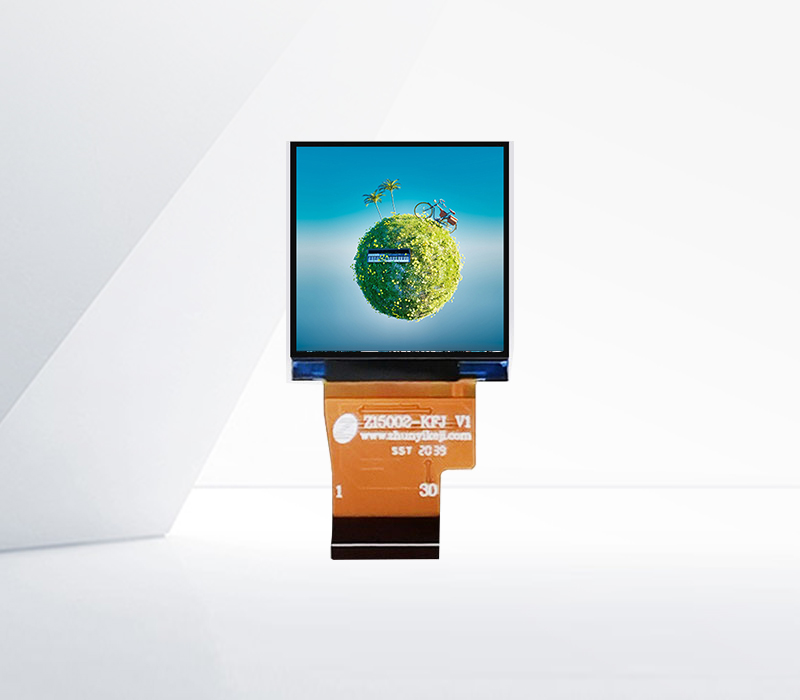




LCD (Liquid Crystal Display) screens are widely used in various applications, but their performance can be affected by extreme temperatures. In low-temperature environments, LCD displays face several challenges that need to be addressed to ensure reliable operation.
One of the main issues in low temperatures is the slow response time of the liquid crystals. As the temperature drops, the viscosity of the liquid crystals increases, which leads to a slower switching speed. This can result in a sluggish display, with slow refresh rates and noticeable image lag. To overcome this problem, manufacturers use special materials and design techniques to improve the low-temperature performance of LCDs.
Another challenge is the reduction in brightness. At low temperatures, the backlight of an LCD display may not be able to produce as much light as it does at normal temperatures. This can make the screen appear dimmer and less vivid. To address this, some LCDs are equipped with high-brightness backlights that can operate effectively in cold environments.
slow response times and reduced brightness, low temperatures can also cause other problems such as condensation on the surface of the display and damage to the electrical components. To prevent condensation, some LCDs are designed with moisture-proof coatings or heating elements to keep the screen dry. To protect the electrical components, manufacturers may use ruggedized designs and special materials that can withstand extreme temperatures.
When choosing an LCD display for a low-temperature environment, it is important to consider factors such as the minimum operating temperature, the response time, and the brightness. Look for displays that are specifically designed for cold environments and have been tested and certified to operate reliably at low temperatures.
LCD displays for low-temperature environments require special design considerations to ensure reliable operation. By addressing the challenges of slow response times, reduced brightness, and condensation, manufacturers can provide displays that perform well in cold conditions and meet the needs of various applications.
